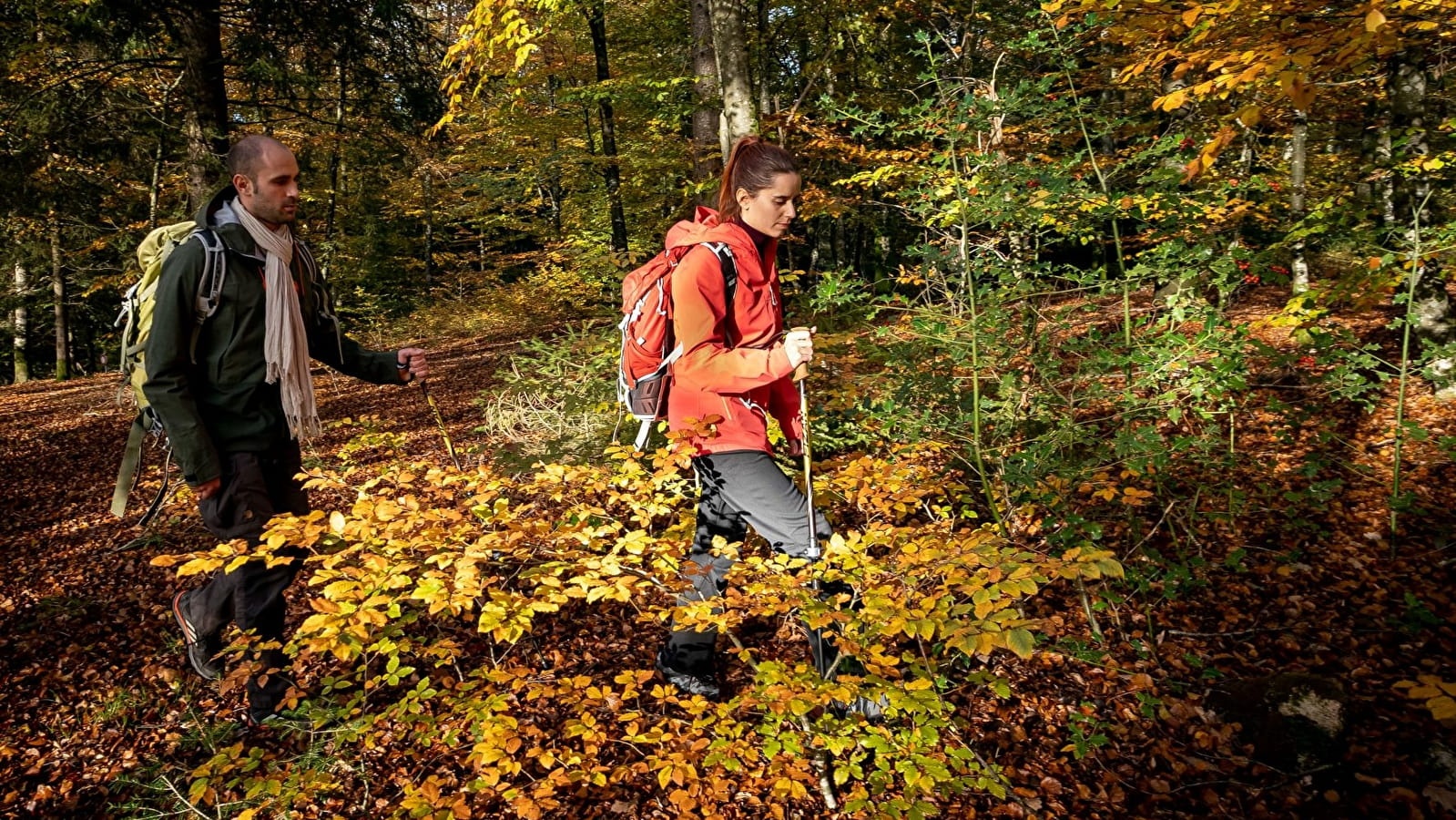
Boucle de la rive gauche de la Cure
This 8.7km route takes you through the wild landscapes of the Cure valley.
Saint-André-en-Morvan boasts a high-quality natural heritage, with its wooded foothills and remarkably well-preserved wild landscapes. Two picturesque and typical valleys at the bottom of which flow the Cure and the Brinjane, rivers that are very popular with anglers and create numerous tourist and scenic spots.
The built heritage includes a Romanesque church dating back to the 12th century, housing a 16th-century Virgin of Pity and a 15th-century polychrome stone altarpiece depicting scenes from Christ's childhood. The church, situated in the centre of a listed heritage area, served as a model for the painter Jean-Baptiste Corot, for a painting that is currently on display at the Louvre.
The toponymy of certain localities indicates a Gallo-Roman passage, and the vestiges of the past can also be seen in the number of calvaries and mission crosses, wells and wash-houses, mills and bridges, and 'ports' on the River Cure reminiscent of the timber floating industry.












